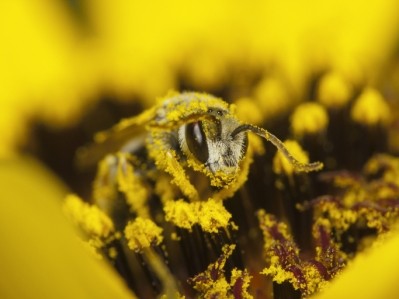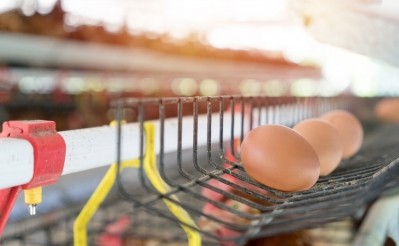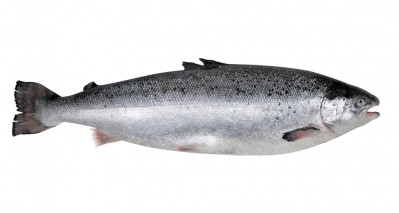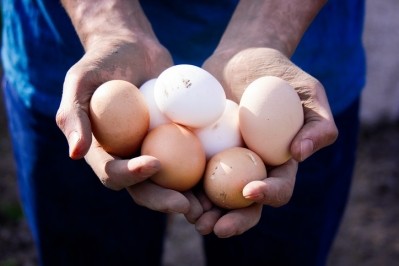Microalgae strain offers promise for aquaculture production
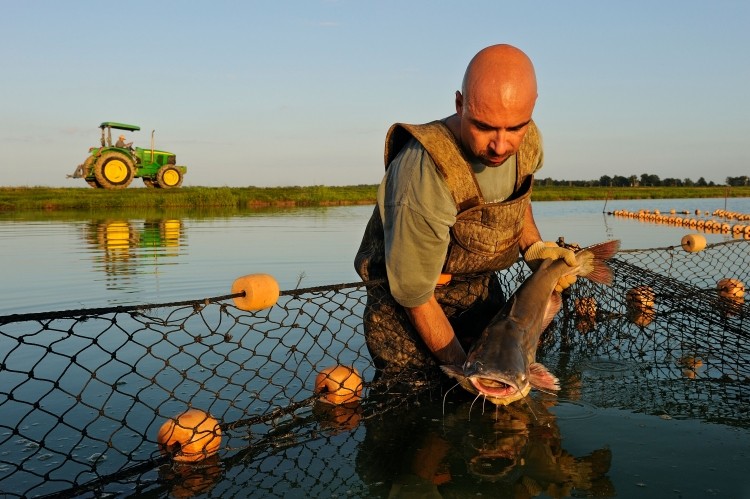
A team of researchers at the University of Waterloo in Canada examined the potential of a strain of microalgae Boekelovia hooglandii for its potential to be used either in feeds, or as a feed for bivalve larvae and juvenile oysters, said one of the researchers, Sarah Ruffell, who is based at the Department of Biology, University of Waterloo, Canada.
“The present study examines the suitability of this species as an aquaculture feed and also evaluates the nutritional composition and changes in the concentrations of fatty acids, proteins, carbohydrates, and pigments through the different growth phases,” the researchers said in the study.
The team published its results in the journal Aquaculture.
The strain was selected for the levels of omega-3s it generated, Ruffell told us. “There’s a lot of potential there,” she added.
The research group found that the microalgae offered potential as an aquaculture feed based on its particle size, nutrient content and digestibility, the researchers said. “The small cell size, easy digestibility, and nutritional profile of B. hooglandii suggests that this microalga is a suitable candidate as aquaculture feed for bivalve larvae and juvenile oysters,” they added.
Why B. hooglandii?
There are several factors that have to be considered when assessing the use of a microalgae for an aqua feed, said the researchers. These include nutrient composition, digestibility, pigment, growth rate, and side of the algal cells.
The nutritional profile, which includes the proteins, fatty acids, pigments and carbohydrates, can influence how development of the species being produced in the aquaculture systems, they said.
Previous work has established that bivalve larvae have increased growth when the algae in their diet have a high protein level and reduced amounts of lipids and carbohydrates, they said. And omega-3 fatty acids and carotenoid pigments have been linked to improved growth and color of organisms.
However, the growth rate of the microalgae along with the nutritional elements have to be considered to established overall productivity, they said. “The composition and growth rate of different algal feeds are important factors for the aquaculture industry to consider when identifying the most suitable algal species,” they added.
During the growing cycle, microalgae moves through four important phases – lag, exponential, stationary and death, said the researchers. The nutritional qualities may alter during those stages.
The selected strain of microalgae is considered to offer potential as an ingredient in aquaculture because of several characteristics, they said. “Information from this study can aid the aquaculture industry in making informed decisions to improve the nutritional properties and productivity of the algae used for aquaculture feed,” they added.
“We probably started with about 20 [strains] with the omega 3 content,” said Ruffell. “From there we decided which could we get to grow, which grow really quickly [and] are they actually producing omega 3s.”
Study details and results
Initial work with the strain included determining what growth conditions offered the best growth rate and production of fatty acids, said the researchers. The group considered a saltwater medium (F/2), a freshwater medium (BBM) and one including freshwater and soil extracts (ESP).
The plant also received a 17:7 light:dark cycle, they said. Biomass was calculated four times during an eight-day window and samples were collected for fatty acid analysis.
Nutritional qualities of the potential feed also were assessed at several points during the distinct growth stages, they said. The microalgae strain was checked for protein, pigment, fatty acid and carbohydrates and the growing cycles ran for 70 days.
“Experiments on the effect of media types were performed in order to identify a media resulting in greater biomass productivity and fatty acid content, compared to the reference medium (F/2) used to grow B. hooglandii in the culture collection,” said the researchers. “For the most productive medium, trends in the algal nutritional profile and growth rate were established over the four growth phases.”
The EPS medium was found to generate the largest amount of biomass and highest fatty acid content, they said. Growth and protein content peaked at the end of the exponential phase; the greatest density was found at the end of the stationary phase; pigment was highest in the lag and exponential phases; and the best concentration of total fatty acids came at the end of the stationary phase; and the largest carbohydrate amounts were found during the death phase.
Aquaculture implications
The size of the algae particles and the lack of cell walls make the plant of interest for use feeding larval mollusks and shrimp, said the researchers.
“They can eat it whole,” said Ruffell. “It does offer the full nutrition that they need.”
It would be possible to extract the desired nutrients, but that level of processing is not necessary, she said. “You can use it whole,” she added.
It also would be possible to scale up the production, she said. Additionally, the plant does not generate toxins or appear to produce aspects that would limit its usefulness as a feed ingredient.
The microalgae had a higher growth rate than many currently used as feeds or feed ingredients, said the researchers. “The high biomass productivity will result in increased productivity of the nutritional components,” they added.
“Boekelovia hooglandii can be used as an aquaculture feed, and can be optimized to be rich in protein (max. 55.6%), fatty acid (max. 27.1%), or carbohydrate (max. 49.0%) content depending on growth and harvest conditions,” they said. Harvesting the plant at different times generates a feed with different characteristics depending on the desired nutritional levels.
“Collecting algal biomass on day 35 creates an aquaculture feed rich in protein (55.6%), with moderate levels of carbohydrates (13.9%) and fatty acids (18.6%),” said the researchers. “Day 35 biomass was also rich in PUFAs (3.9%), which can enhance the nutritional value of the aquaculture feed (Brown et al., 1997). Collecting B. hooglandii on day 63 will create an aquaculture feed high in carbohydrates (49.0%) and moderate levels of PUFAs (1.6%).”
What’s next?
Although the specific look at the algae as a potential feed source has concluded, more work could be done with the strain, said Kirsten Müller, corresponding author and professor with the University of Waterloo.
“We’re open to working on it more, but that’s limited without having research funds and someone who is interested in the project,” she said.
Looking forward the goal would be to offer feeding trials with the algae, added Ruffell.
“We hoped that with the publication of the paper that maybe someone would start using it as feed and how it impacted growth and so on,” said Müller.
Source: Aquaculture
Title: Nutritional characteristics of the potential aquaculture feed species Boekelovia hooglandii
Authors: S. Ruffell, S. Packull-McCormick, B. McConkey, K. Müller
